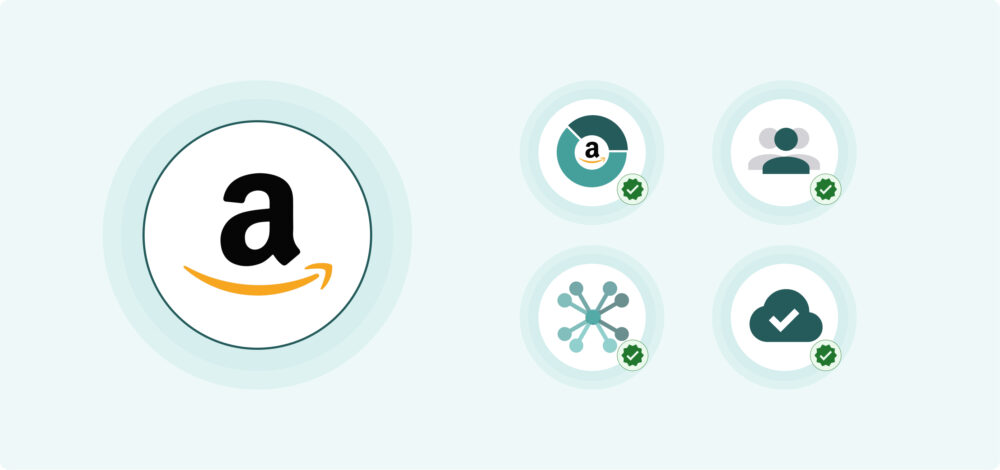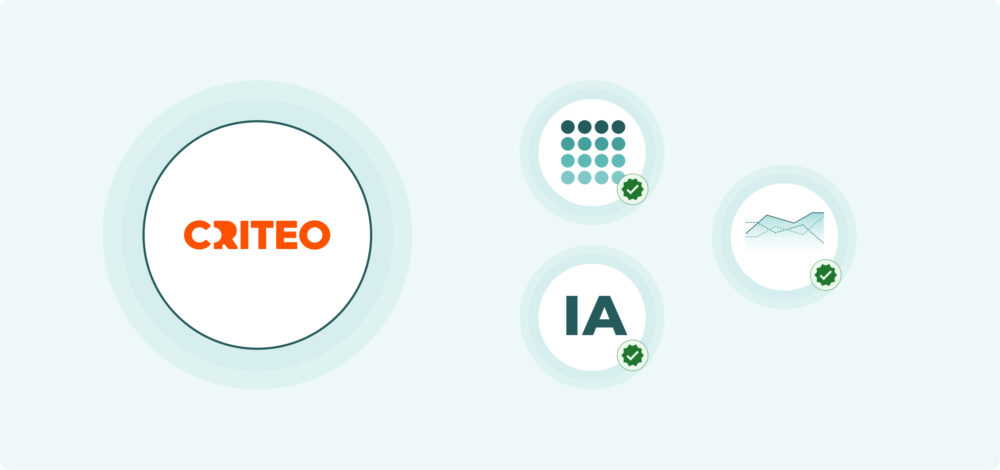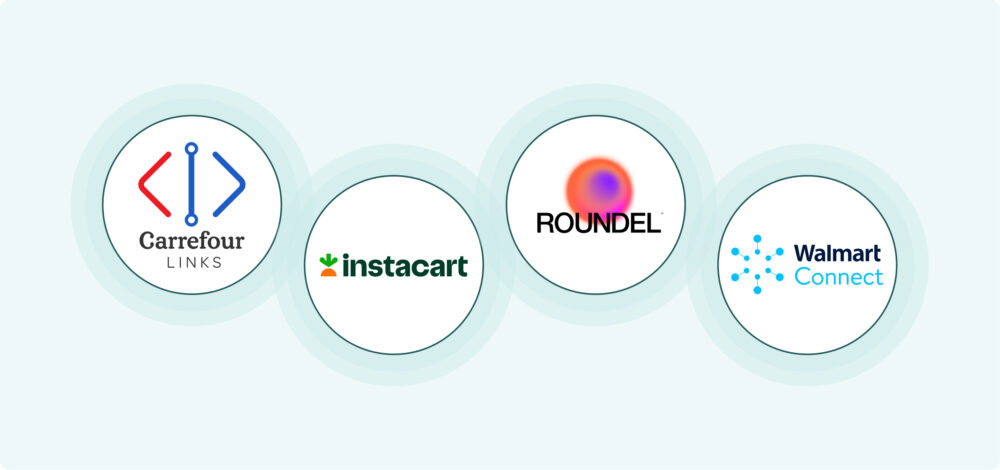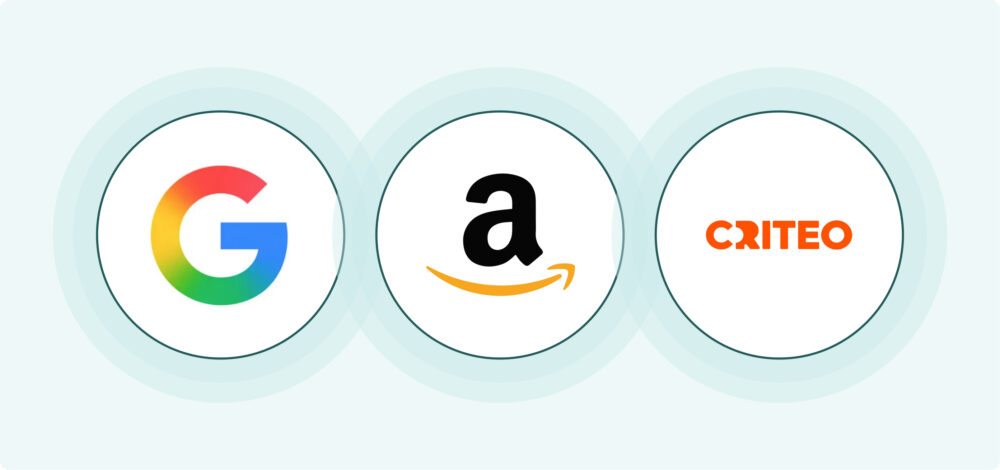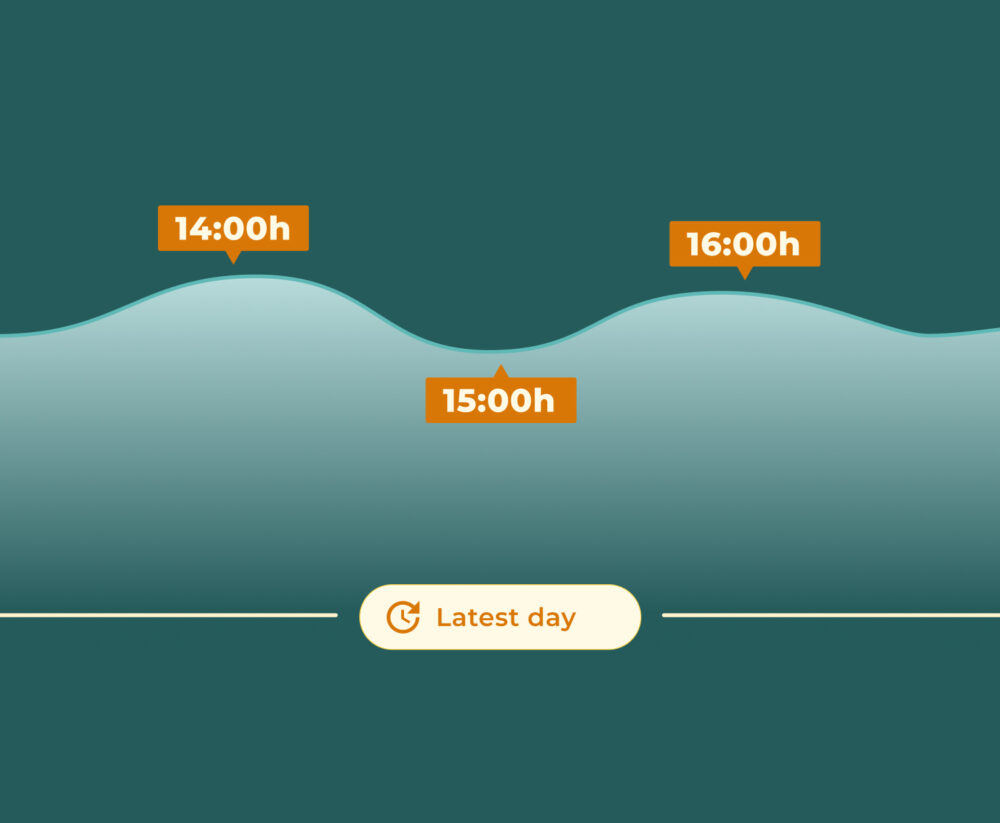Amazon DSP vs. Criteo vs. Google Shopping: Who Wins in Retail Media (2025)?
Introduction — Why Does Retail Media Matter in 2025?
Retail Media has established itself as one of the fundamental pillars of digital advertising. In 2025, the sector accounts for around 19% of global advertising spend and is forecast to exceed $100 billion by 2028. Its strength lies in something advertisers value enormously: direct access to first-party data and environments where the consumer is ready to buy.
This context explains why platforms that combine retailer inventory, purchase data and advertising formats are at the heart of marketing decisions: brands are looking not only for visibility, but also for attribution, return on investment and data control.
In this burgeoning ecosystem, three giants are competing for leadership, each from a different angle: the power of the closed ecosystem (Amazon DSP), the open and programmatic network (Criteo), and the integration with search and performance marketing (Google). Comparing them helps us understand how the boundaries between advertising, data and commerce are shifting in today’s digital environment.
Overview of Each Platform
Amazon DSP: The E-commerce Giant and its First-Party Data
Amazon DSP (Demand-Side Platform) is Amazon’s programmatic advertising platform that allows advertisers to buy display, video and audio ad inventory both on and off Amazon’s properties.
Its advantages include:
- Exclusive access to the vast ocean of shopping behaviour data on Amazon, which sets it apart from any other platform.
- Audience segmentation based on past purchase history, products viewed, items added to a wish list, or categories of interest.
- Omnichannel capability to connect campaigns across e-commerce, streaming, and the physical environment.
- Access to premium inventories and customised advertising formats adapted to each stage of the funnel.
Amazon DSP isn’t limited to showing ads on Amazon.com; it extends its reach to a wide network of third-party websites, apps, and connected TVs (CTVs) through properties like Prime Video, Fire TV, and Twitch, reaching consumers at multiple touchpoints throughout their day. The platform also offers advanced measurement and attribution tools, such as Amazon Marketing Cloud, which allow for in-depth analysis of the customer journey. In 2025, Amazon has taken another step forward with the launch of its Retail Ad Service, which allows other retailers to host ads within their own e-commerce sites using Amazon’s advertising infrastructure. This marks the beginning of greater consolidation in the sector.
Although its power is undeniable, it can present a barrier to entry for advertisers with more modest budgets or less experience in programmatic buying. However, its evolution has made it an essential tool not only for brands selling on Amazon, but for any company looking to reach high-intent audiences at scale.
Criteo: The Retargeting Specialist and its Open Retailer Network
Criteo has positioned itself as a key player in “Commerce Media”, focusing on connecting brands with consumers through an extensive network of partner retailers. Its technology, powered by Artificial Intelligence, is renowned for its effectiveness in dynamic retargeting, showing customised product ads to users who have previously shown an interest in them.
Its main strengths are:
- Access to a multi-retailer network that allows campaigns to be scaled without concentrating spend in a single environment.
- Extensive use of AI and machine learning for purchase intent forecasting and ad personalisation.
- Advanced measurement with improved attribution models compared to the traditional “last click”.
Criteo’s value proposition in 2025 is centred on its open platform, which allows brands to manage centralised campaigns across multiple retailers from a single place. This approach offers an alternative to Amazon’s walled garden, providing access to diversified inventory. Criteo has recently innovated by introducing technologies such as its “Auction-Based Display“, which brings programmatic flexibility and real-time bidding options to retail environments, better adapting to the dynamics of seasonal demand.
Furthermore, a strategic partnership with Google will allow advertisers to buy inventory from Criteo’s partners directly through Google’s Search Ads 360 platform, simplifying management and unifying measurement. This move strengthens Criteo’s position as a key aggregator in the Retail Media landscape, ideal for brands seeking broad reach beyond a single ecosystem and a strong ability to reconnect with interested audiences.
Google Shopping: The Evolution of the Search Engine into a Commerce Media Ecosystem
Google Shopping has evolved significantly from its origins as a simple product comparison tool. In 2025, it is a central part of Google’s “Commerce Media” ecosystem, leveraging the world’s largest source of purchase intent: the search engine. It works by integrating natively into the search experience, displaying visual product ads with an image, price, and the retailer’s name.
Its key competitive advantages are:
- Connection with search intent, placing ads at the very top of the funnel.
- Multi-channel coverage with formats that extend to YouTube, Discover and Maps.
- Direct integration with behavioural and advertising performance data through the Google Analytics 4 ecosystem.
The major transformation of Google Shopping comes from Artificial Intelligence and automation, especially through Performance Max campaigns. It uses AI to optimise the placement of ads across Google’s entire inventory, including YouTube, Display, Discover, Gmail and Maps, with the goal of maximising conversions and return on ad spend (ROAS). This allows advertisers to reach consumers at multiple stages of their shopping journey with an approach that is increasingly focused on audiences and their behavioural signals.
Google is also strengthening collaboration between brands and retailers with its new “Commerce Media Suite” tools, which facilitate the use of retailers’ first-party data within Google Ads campaigns. Although its main focus remains on capturing existing demand in search, Google is expanding its capabilities to cover the entire sales funnel, positioning itself as a comprehensive platform for retailers of all sizes.
Comparison Table: Amazon DSP vs. Criteo vs. Google Shopping in 2025
The following table summarises the main differences and advantages of Amazon DSP, Criteo Commerce Media Platform and Google Shopping, based on criteria such as reach, data types, available formats, measurement models and estimated costs.
| Characteristic | Amazon DSP | Criteo | Google Shopping |
|---|---|---|---|
| Network Type | Walled garden (proprietary) | Open, multi-retailer | Hybrid ecosystem linked to search and performance |
| Main Data Source | 1st-party data from Amazon shoppers | Aggregated data from a wide network of partner retailers | Google search intent data and behavioural signals in its ecosystem |
| Ad Formats | Display, video, audio, CTV (on + off-site) | Display, retargeting, onsite video, new formats | Shopping ads, Performance Max, Discovery, YouTube Ads |
| Costs / Transparency | CPM model; higher costs for premium inventory | Auction model; greater transparency from 2025 | Variable CPC depending on competition; automation can increase costs |
| Measurement | Closed-loop measurement (sales attribution on Amazon) and advanced analytics with AMC | Sales attribution across the partner network and campaign performance metrics | Measurement of online conversions, store visits and ROAS, with AI optimisation |
| Key Strength | Targeting precision based on real transactional data | Dynamic retargeting and reach across multiple retailers from a single platform | Capturing high search intent and automated optimisation with AI |
| Limitations | Walled garden and high cost | Dependence on retailer network | Competition from large brands and rising CPC |
Other Leaders in Retail Media in 2025
The rise of Retail Media is not limited to Amazon, Criteo and Google. By 2025 a wider ecosystem of Retail Media Networks has emerged (RMNs) led by major retail chains that leverage their own data and platforms.
Walmart Connect
As the largest omnichannel retailer, Walmart Connect offers brands access to a massive scale of shopper data both online and in its more than 4,600 physical stores. Its strength lies in its closed-loop measurement, which connects ad exposure to an actual purchase, whether on the website or in-store. With its acquisition of Vizio, Walmart has aggressively expanded its reach into connected TV (CTV). It offers full-funnel strategies ranging from product search to brand awareness campaigns on consumers’ living room screens.
In addition, Walmart has also expanded its off-site offering through partnerships with The Trade Desk, allowing advertisers to extend their reach beyond its own ecosystem.
Target Roundel
Target has set itself apart through the quality and loyalty of its customer base. Its Retail Media network, Roundel, leverages rich first-party data from its 165 million customers to deliver personalised campaigns. Roundel not only operates on Target’s properties but also extends to more than 150 premium publishers. This allows brands to reach Target’s audience in a broader context. In 2025, Target is implementing new AI features and testing in-store advertising formats, such as demonstrations and digital signage, to create a more integrated omnichannel experience.
Instacart
As a leader in grocery delivery, Instacart has become an essential advertising platform for consumer packaged goods (CPG) brands. Its platform allows brands to promote products directly at the digital point of purchase, influencing last-minute decisions. Instacart is expanding its advertising capabilities beyond its own app through strategic alliances, such as its collaboration with YouTube, which allows advertisers to use Instacart data to target ads on the video platform.
Carrefour Links
In Europe and Latin America, Carrefour has positioned itself as a leader in Retail Media through its Carrefour Links platform and its joint venture with Publicis, Unlimitail. Carrefour leverages its huge database, which represents 8 billion transactions, to offer brands marketing campaigns with end-to-end impact measurement. Its strategy focuses heavily on omnichannel, seeking to remove the barriers between its online assets and its thousands of physical stores to create a unified media ecosystem.
Furthermore, the French company is pursuing international partnerships to expand its technological capacity and compete with Amazon and Criteo in the European market.
Together, these networks reflect the maturity of the market: every major retailer is monetising its digital assets to become a media owner. In 2025, the trend is no longer just about investing in a single global platform, but about creating media mixes based on the market, objective and stage of the purchase funnel.
Conclusion: Which Platform is Right for Your Strategy?
The choice of retail media platform in 2025 depends on three main variables: where your shopping audience is, what data you have available (or can use) and what your marketing objective is:
- Is your brand already active on Amazon and you want to leverage the marketplace’s own purchase data with off-site coverage? Amazon DSP is a solid bet.
- If you work with multiple retailers, want to activate outside of marketplaces and are looking for scale on the open internet, Criteo offers good flexibility and network.
- If your e-commerce site invests in search, has well-optimised product feeds and wants to take advantage of Google’s automation (including AI), the Google Shopping ecosystem may be the best option.
As for the other players, Walmart Connect and Target Roundel stand out for the maturity of their omnichannel offering, while Instacart and Carrefour Links provide sector specialisation.
Some practical recommendations: start with a 90-day pilot campaign to measure sales incrementality; compare metrics such as ROAS, AOV (average order value) and cost per acquisition across platforms; and make sure you have your product feed, conversion tracking and campaign structure properly configured before scaling up.
It’s not necessary to bet on a single platform: many brands combine two or more to capture different moments of the shopping journey. Ultimately, a mature Retail Media strategy in 2025 will be one that intelligently integrates several tools, leveraging their complementary strengths to build a complete omnichannel funnel that accompanies the consumer from discovery to final conversion.

